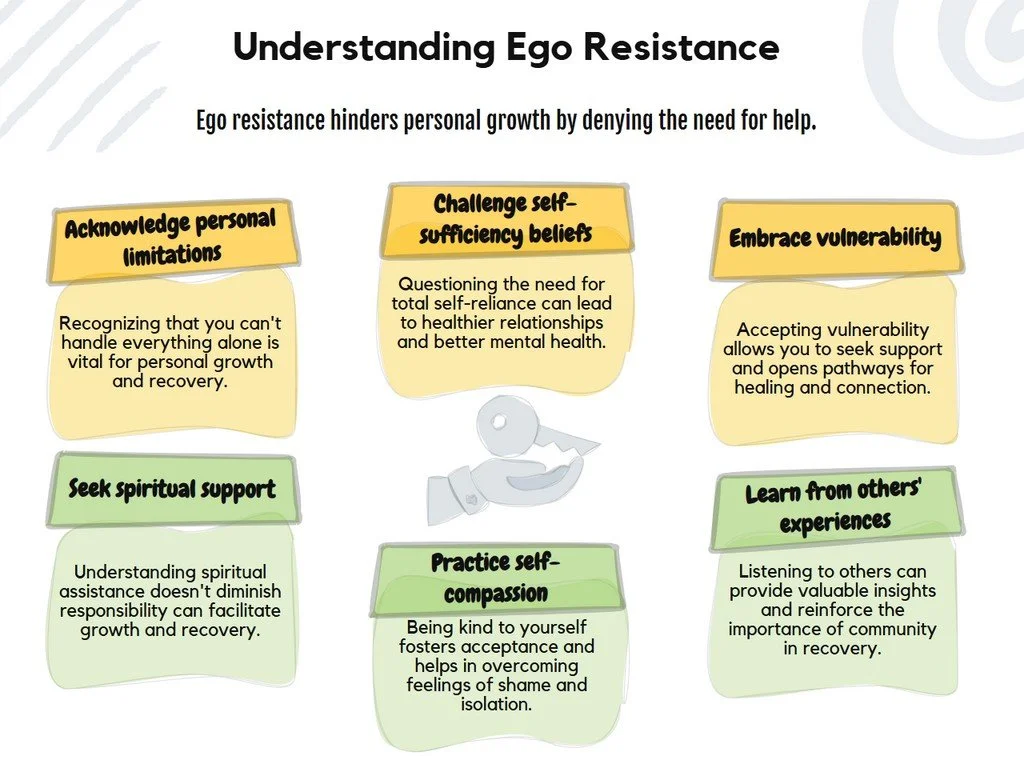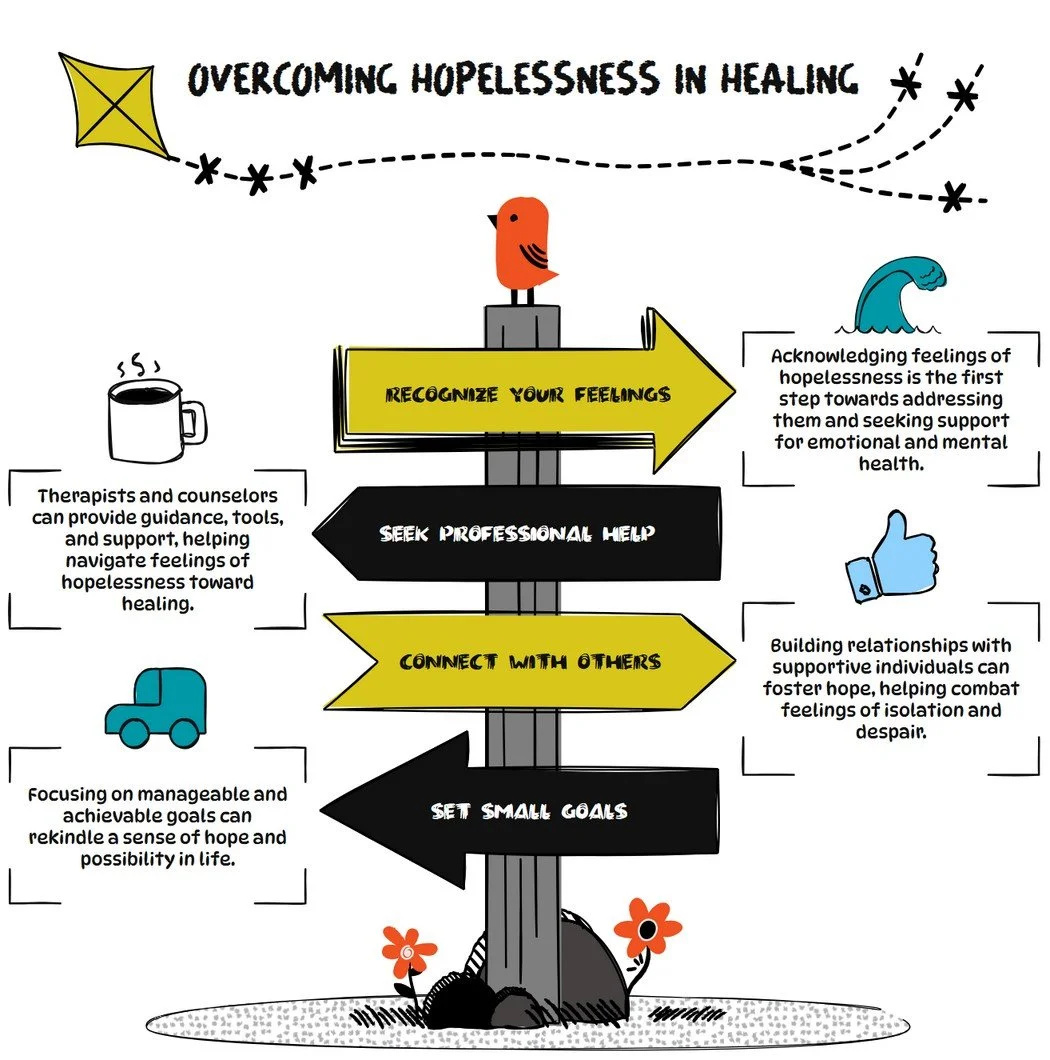
Coming to Believe A Comprehensive Assessment of Faith, Sanity, and Spiritual Openness in Recovery
Step 2 involves three essential elements: coming to believe (the development of faith), recognizing a Power greater than ourselves (spiritual awakening), and understanding the concept of restoration to sanity (acknowledging our previous insanity and the possibility of healing). This step is not about religious conversion or adopting specific beliefs, but rather about opening ourselves to possibilities beyond our limited individual resources.
The complexity of Step 2 lies in its requirement for both intellectual honesty and spiritual openness. Many people struggle with concepts of faith, higher power, or admitting to insanity. Some approach this step with rigid religious preconceptions, while others resist any spiritual concepts entirely. The challenge is finding a personal understanding that feels authentic while remaining open to growth and change.
This assessment explores the various dimensions of Step 2 work and helps you develop a personalized understanding of your spiritual journey in recovery. There are no right or wrong answers—the goal is to promote honest reflection and identify areas where you can deepen your engagement with this foundational step.
Intellectual Resistance
Intellectual resistance involves dismissing spiritual concepts as unscientific, irrational, or primitive. This dimension reflects the mind's attempt to maintain control by rejecting anything that cannot be logically proven or materially demonstrated.
Common manifestations include:
Dismissing spiritual concepts as unscientific or irrational
Believing that faith-based approaches are for weak-minded people
Insisting on logical proof before accepting spiritual ideas
Viewing Step 2 as primitive thinking that conflicts with modern understanding
Refusing to consider possibilities beyond material explanations
This resistance creates barriers by preventing exploration of spiritual resources that could provide essential support for recovery, limiting healing to purely material or psychological approaches.
Ego Resistance
Ego resistance involves difficulty admitting the need for help beyond one's own willpower and intelligence. This dimension reflects the ego's struggle to maintain the illusion of self-sufficiency and control.
Signs of this resistance include:
Struggling to admit inability to handle recovery alone
Feeling threatened by the idea that something else might be more powerful
Resisting the concept of needing help beyond willpower and intelligence
Viewing reliance on higher power as giving up personal responsibility
Finding it humiliating to acknowledge need for spiritual assistance
This resistance creates barriers by preventing the surrender necessary for spiritual growth and by maintaining the isolation and self-reliance that contributed to addiction.
Religious Baggage
Religious baggage involves resistance to Step 2 based on past negative experiences with organized religion or specific religious beliefs. This dimension reflects how previous religious trauma or disappointment can block spiritual openness.
This baggage typically manifests as:
Past negative religious experiences creating resistance to spiritual concepts
Confusing Step 2 work with returning to childhood religious beliefs
Rejecting Step 2 because it reminds one of religious trauma
Assuming that working Step 2 means adopting traditional religious practices
Feeling angry or resentful when spiritual topics are discussed
This baggage creates barriers by conflating personal spirituality with previous religious experiences, preventing the development of new spiritual understanding appropriate for recovery.
Sanity Denial
Sanity denial involves refusing to acknowledge that thinking and behavior were insane during active addiction. This dimension reflects resistance to admitting the extent of mental and emotional disturbance caused by addiction.
Common manifestations include:
Refusing to acknowledge that thinking and behavior were insane during addiction
Minimizing the extent of mental and emotional disturbance while using
Insisting that problems were purely chemical or circumstantial, not mental
Resisting the idea of needing restoration to sanity
Viewing the concept of insanity as stigmatizing
This denial creates barriers by preventing recognition of the need for restoration and by maintaining the illusion that addiction was primarily a physical rather than mental/emotional/spiritual condition.
Fear of Change
Fear of change involves worry that developing faith will alter one's identity or values in unwanted ways. This dimension reflects anxiety about where spiritual growth might lead and concern about losing one's sense of self.
Signs of this fear include:
Worrying that developing faith will make one a different person
Fearing that spiritual beliefs will conflict with identity or values
Resisting Step 2 because of fear about where it might lead
Worrying that others will judge increased spirituality
Fearing loss of independence through reliance on higher power
This fear creates barriers by preventing spiritual exploration and growth, keeping individuals stuck in familiar but ineffective patterns rather than risking beneficial change.
Hopelessness About Possibility
Hopelessness about possibility involves doubt that any power could truly restore mental and emotional health. This dimension reflects despair about the possibility of genuine healing and restoration.
Common manifestations include:
Doubting that anything could truly restore mental and emotional health
Believing one is too damaged or broken for any power to heal
Feeling convinced that problems are permanent and unchangeable
Struggling to imagine that life could genuinely improve beyond managing symptoms
Believing that recovery might maintain sobriety but won't restore sanity
This hopelessness creates barriers by preventing the hope necessary for spiritual surrender and by maintaining despair that blocks openness to healing possibilities.
Spiritual Materialism
Spiritual materialism involves approaching spiritual practices as techniques to control outcomes rather than surrender control. This dimension reflects the ego's attempt to co-opt spiritual practices for its own purposes.
Typical manifestations include:
Using spiritual practices to control outcomes rather than surrender control
Approaching Step 2 as a technique to get what one wants
Shopping around for spiritual concepts that fit preferences
Using spiritual language to sound recovered while avoiding genuine spiritual work
Treating higher power like a cosmic vending machine
This materialism creates barriers by preventing genuine spiritual surrender and by maintaining the illusion of control that spiritual practice is meant to address.








